January Trends Newsletter, The MacroMonitor
- REGION : USA
- DATE : January 20, 2023
- AUTHOR : Patricia Breman
January Trends Newsletter, The MacroMonitor
- REGION : USA
- DATE : January 20, 2023
- AUTHOR : Patricia Breman
Source: The MacroMonitor, an RFI Global Company
Mobile Payments On Schedule to Increase.
In the beginning (before portable phones) … taxi drivers and construction workers used two-way radios for mobile communications. By the 1970s, portable phones were carried in a small suitcase; mobile phones were installed in cars powered by the vehicle’s battery; licenses were few, costs were high; many were used by top government employees and people with chauffeurs. ‘Brick’ phones were the next iteration of mobile, so named because the built-in battery was the size of a large brick although not so hefty. In 1989, Motorola introduced the flip phone that could be held easily in one hand. The beginning of the mobile era as we know it today emerged. With the advent of smartphones, keyboards, touch screens, internet browsers, cameras, apps and all the features we’re now familiar with followed. Gen Z has never known anything other than smartphones. Phone history is interesting because phones have driven cultural changes in society.
When mobile phones became commercially available, after first upscale adopters (new technology is always expensive), it was ‘working men’ who adopted mobile—not by choice. Employers with workers in the field or on the road supplied phones to increase worker productivity and efficiency, trouble shoot, and enable the worker’s wife to remind her husband to pick up bread on his way home. Mobile phones are one of the very few mass-market success stories driven by blue-collar workers (paid for by employers). Smartphone adoption rates increased when Google introduced mobile wallets (2011). One pocket-size gadget replaced a wallet, phone, watch, and personal computer for about half the price of a 1970’s car phone with “more computing power than all of NASA back in 1969 when it sent two astronauts to the moon.” Computing aside, most working men, especially blue-collar men, find a smartphone to be less bulky and safer to carry on the job than an old-fashioned wallet with paper money and cards.
Cards continue to dominate the payment space; hardly anyone writes checks these days—so‑o‑o‑o analog. One in five household heads under age 34 in 2021 however, preferred to pay for purchases using a smart device. It’s not surprising that Zoomer (Generation Z) change agents are leading the shift to mobile. Intuitively, age and generations are obvious differentiators between segments with varying payment preferences.
Less intuitive, but more insightful, are payment preferences by ethnicity as shown above. Asian HHs for example, show a strong preference for credit cards. Black American HHs a preference for debit cards (to help control spending). Hispanic households are the most likely to prefer mobile platforms for several reasons including control and credit, but also because many are young and don’t have a history with landlines. Caucasian heads prefer debit cards and cash in roughly equal proportions; they have the highest mean age and the lowest preference for paying by smart device.
Occupation can be extremely helpful when assessing the market potential along the adoption curve for a product or service. Asians are principally occupied in professional, technical, managerial, and administrative positions. Hispanic and Black heads tend to have occupations in the trades—machine operators, labors, service and craftworkers. As it was in the 1960s, today’s blue-collar workers are relatively early adopters of mobile payments because of convenience. Asian headed HHs gravitate toward mobile platforms for different reasons entirely; they are among the most likely to use innovative products, services and platforms to accomplish all types of tasks. Overall, except for households with some discretionary income, Caucasian HHs lag in the adoption of mobile payments. Caucasian HHs still dominate the marketplace.
Technology adoption and mobile payments escalated during Covid, but Asian and Hispanic headed HHs (among the youngest in the country) are driving mobile-payment adoption not because it’s convenient, but because doing so simplifies their lives. Stay tuned to learn how quickly mobile is moving to mainstream.
In the end… ethnicity provides insights into nuanced communications; occupation can uncover product and service opportunities; age can help size the market. Used in tandem, these demographics reveal a more complete picture upon which to develop your strategy. The MacroMonitor provides combinations of data to identify opportunities faster.
Get in touch or email MacroMonitor_Team@rfi.global to find out more.
About the Author:
Patricia Breman joined RFI Global in 2022 as Senior Consultant for MacroMonitor. She has more than 40 years’ experience from trend-spotting, sales promotion, and operations for a major US department store division to VALSTM (psychographic) expert with Strategic Business Insights heading bespoke projects for US, Canada and Japan-based companies and institutions. Patricia was the primary content generator for the VALS Program; she also developed several company-wide marketing campaigns and regularly contributing to SBI’s ScanTM Program. She has been a data translator for MacroMonitor since 2018, providing analysis within a broad contextual framework to produce insights.
Career stops included Regional Manager—East for a local-market consumer-research company designing surveys and training television account executives how to sell advertising using research; and as Senior VP, Director of Research and Strategy Planning for the Television Bureau of Advertising where she represented the industry to national advertisers and networked trade-association members through an annual conference she devised. Patricia has been a guest lecturer about consumer behavior and VALS at NYU’s Stern School of Business and Wharton School, University of Pennsylvania. Ms. Breman is based in Virginia, USA.
Current
Loud Budgeting and the Big Switch
21 Feb 2024 \ Budgeting
Avoiding the ‘Intergenerational Tragedy’
28 Nov 2023
The Rise of Mobile Wallets in Canada
14 Sep 2023 \ Payments
SME’s, Stress and Scrutiny of costs
29 Jun 2023 \ Sentiment \ SME
BNPL – Regulation and Legacy
31 May 2023 \ BNPL \ Regulation
March Trends Newsletter, The MacroMonitor
14 Mar 2023 \ Women
February Trends Newsletter, The MacroMonitor
15 Feb 2023
2023 – The Year of SoftPOS?
14 Feb 2023 \ SoftPOS
A Year in the Life of BNPL
02 Feb 2023 \ BNPL
January Trends Newsletter, The MacroMonitor
20 Jan 2023
2022 – The year that was
17 Jan 2023 \ banking predictions
Winning with Cross-Sell, Singapore Webinar
01 Nov 2022 \ webinar
Who are the FiTeRRs?
13 Sep 2022 \ inflation \ Mortgages \ Youth Banking
The Canadian Mortgage Market
08 Jun 2022 \ Canada \ Mortgages
The Global State of BNPL | Regional Deep Dive
05 May 2022 \ BNPL
RFI Report | Banking on Digital
30 Oct 2021 \ Global \ mobile banking
The BNPL Juggernaut
24 May 2021 \ BNPL \ In-depth Insights
Driving Sustainability in Finance
25 Apr 2021 \ Sustainability


























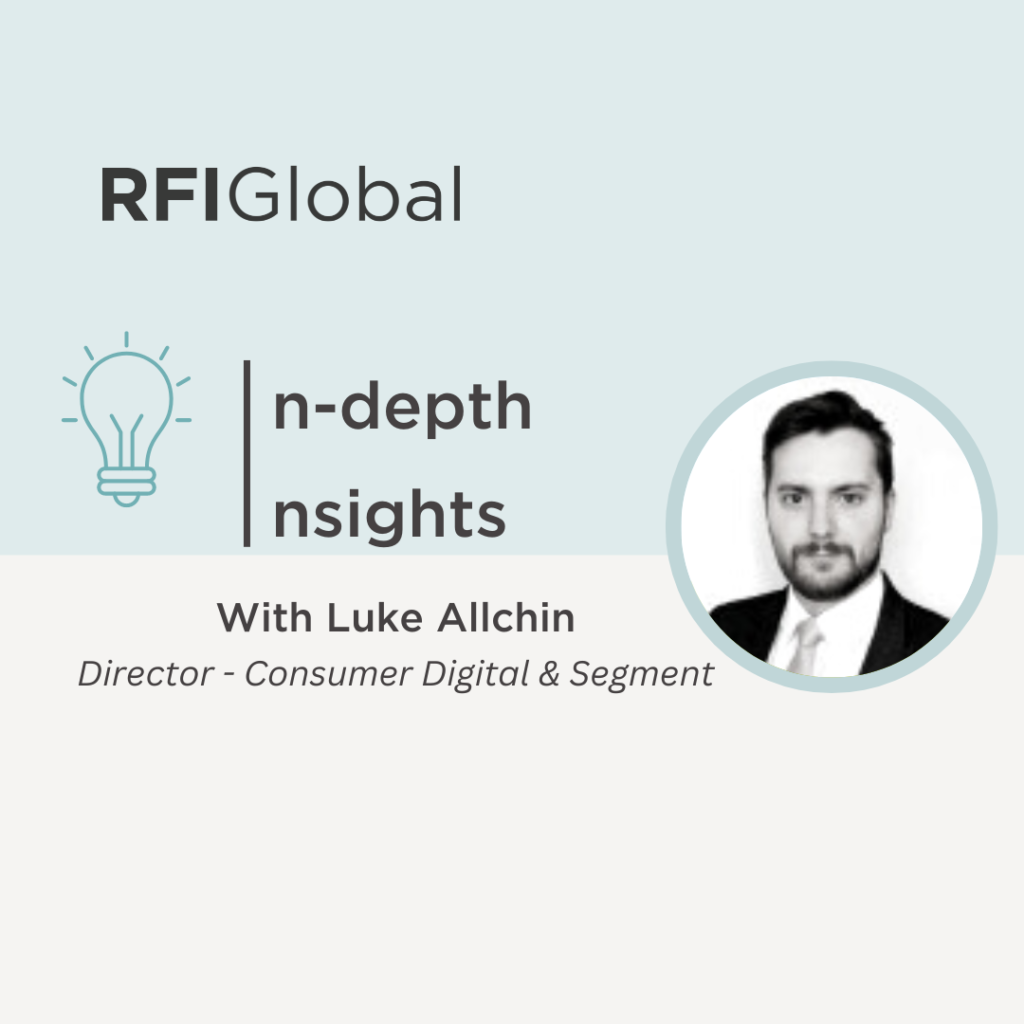




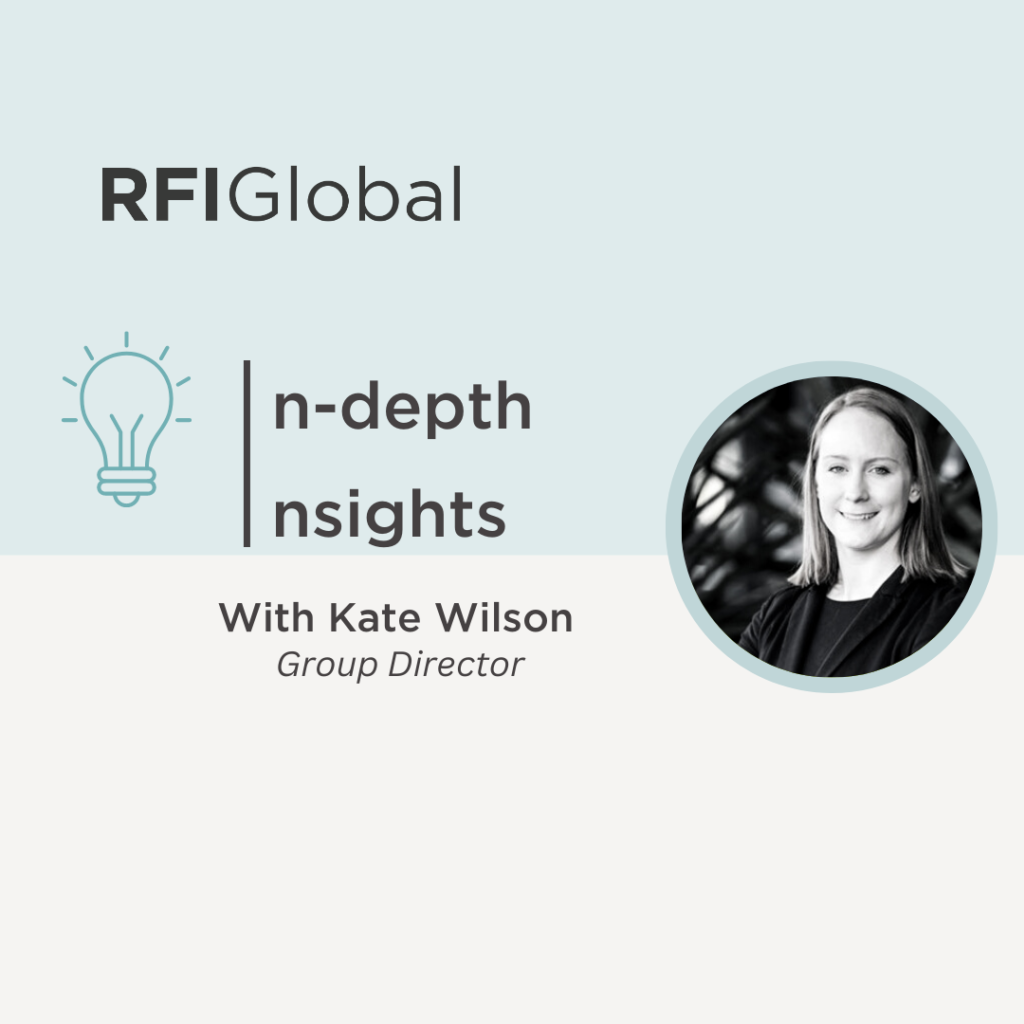


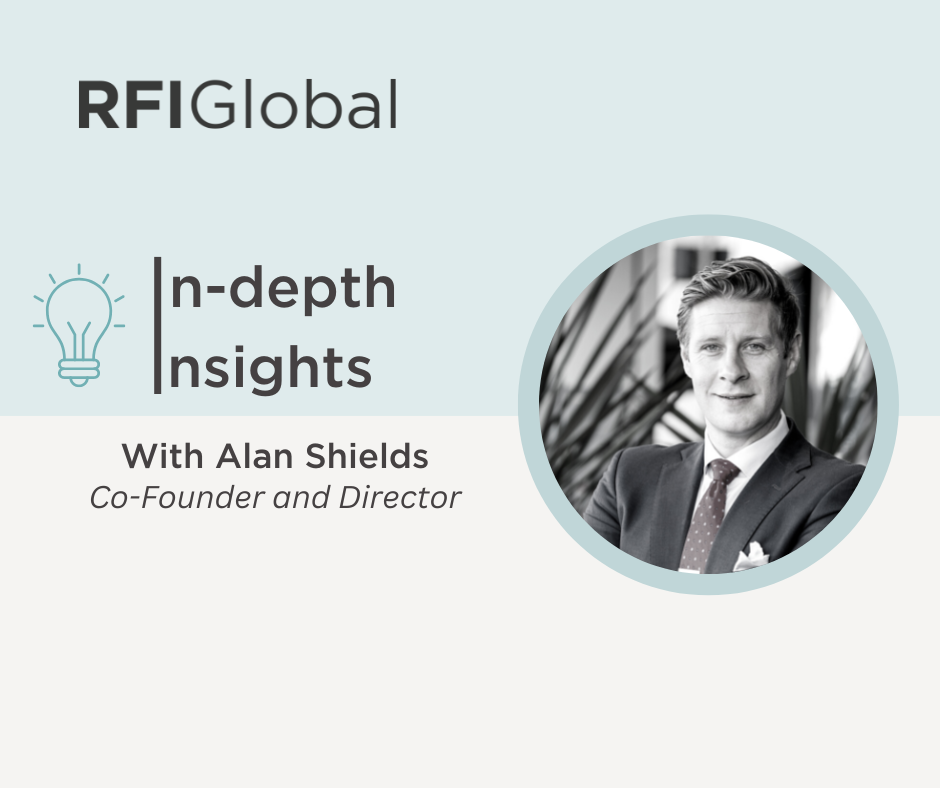




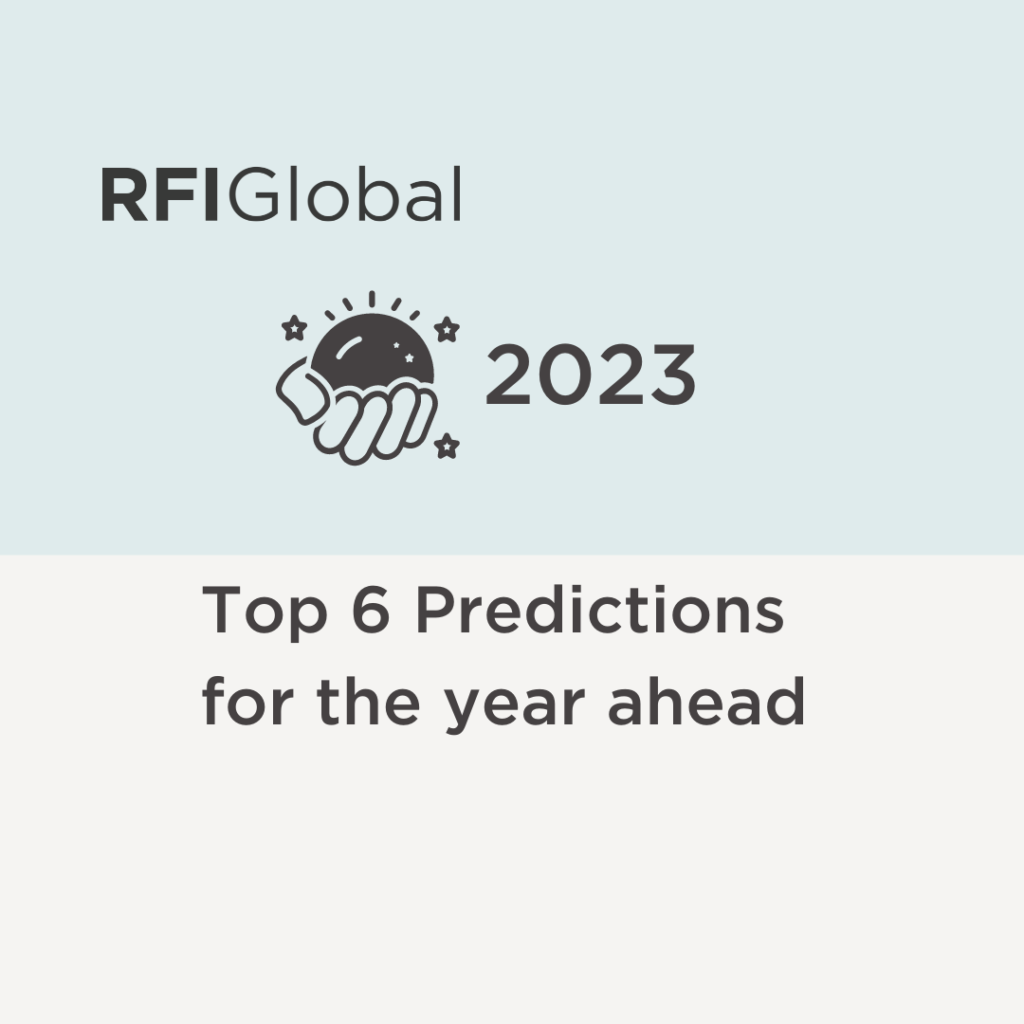
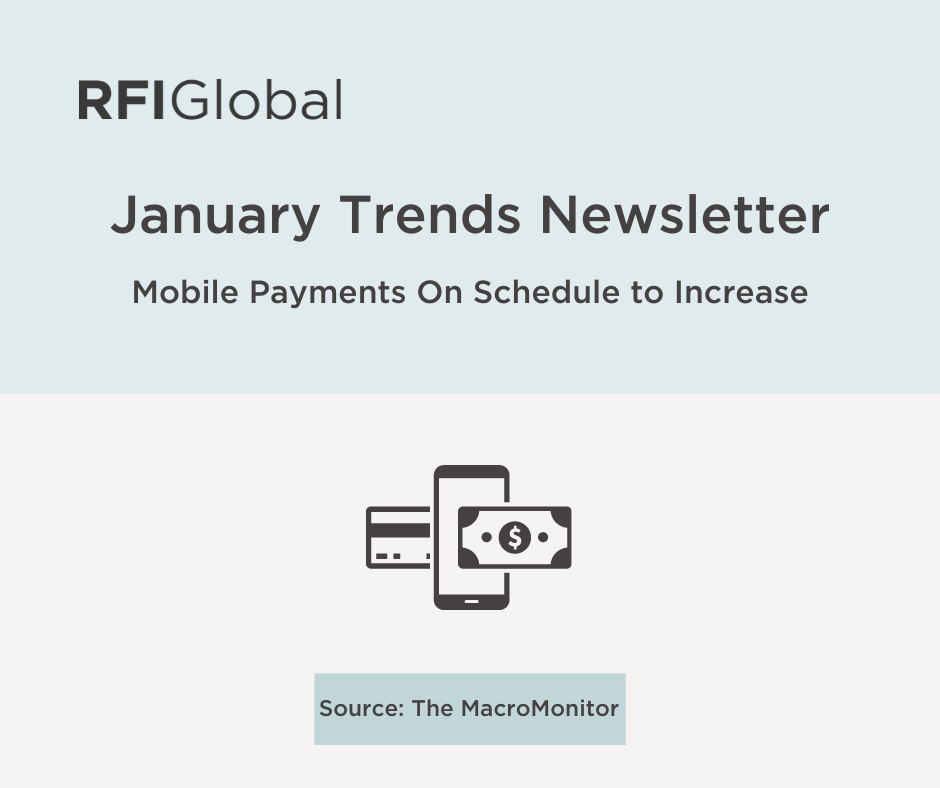
































/NQA-ISO-27001-Logo-UKAS.jpg)